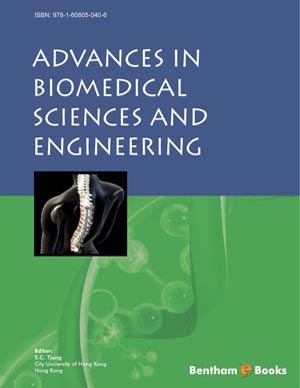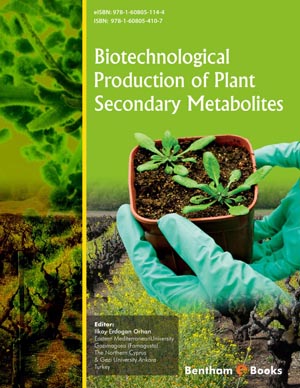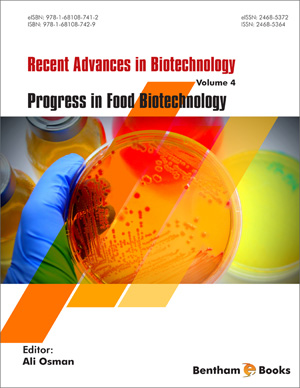Abstract
The study of antioxidant-antiradical activity of food products has received a rising interest since last decades, parallel to the boom of functional foods and healthy consumption trends, and to the increasing number of scientific evidence linking this physicochemical property to prevention of several degenerative diseases, in particular of cancer. Honey belongs to the category of natural foods showing high antioxidant activity, which depends largely on its botanical/geographical origin. Different studies have been conducted to describe the antioxidant activity of honey by both in vitro and in vivo techniques, which are reported in a vast extension of articles. However, the lack of a standard protocol for measuring the antioxidant activity has been one of the main drawbacks found. Techniques such as 2,2-diphenyl-1-picrylhydrazyl (DPPH), Trolox Equivalent Antioxidant Capacity (TEAC), Ferric Reducing Antioxidant Power (FRAP) and Oxygen Radical Absorbance Capacity (ORAC) are the most common in vitro methods. It has been suggested to use at least two techniques for measuring antioxidant activity, since these are only an approximation to what occurs in the body. It is known that biologically active ingredients which may contribute to the antioxidant effect of honey include vitamins, minerals, organic acids, flavonoids, phenolic compounds and even products derived from Maillard reaction.
Keywords: Antiradical, Bioactive compounds, Biological activity, DPPH, Flavonoids, FRAP, Free radical, Honey enzymes, Honeybee products, Maillardreaction, Minerals, Natural foods, ORAC, Origin, Oxidative stress, Phenoliccompounds, Scavenging capacity, TEAC, Vitamins.

















